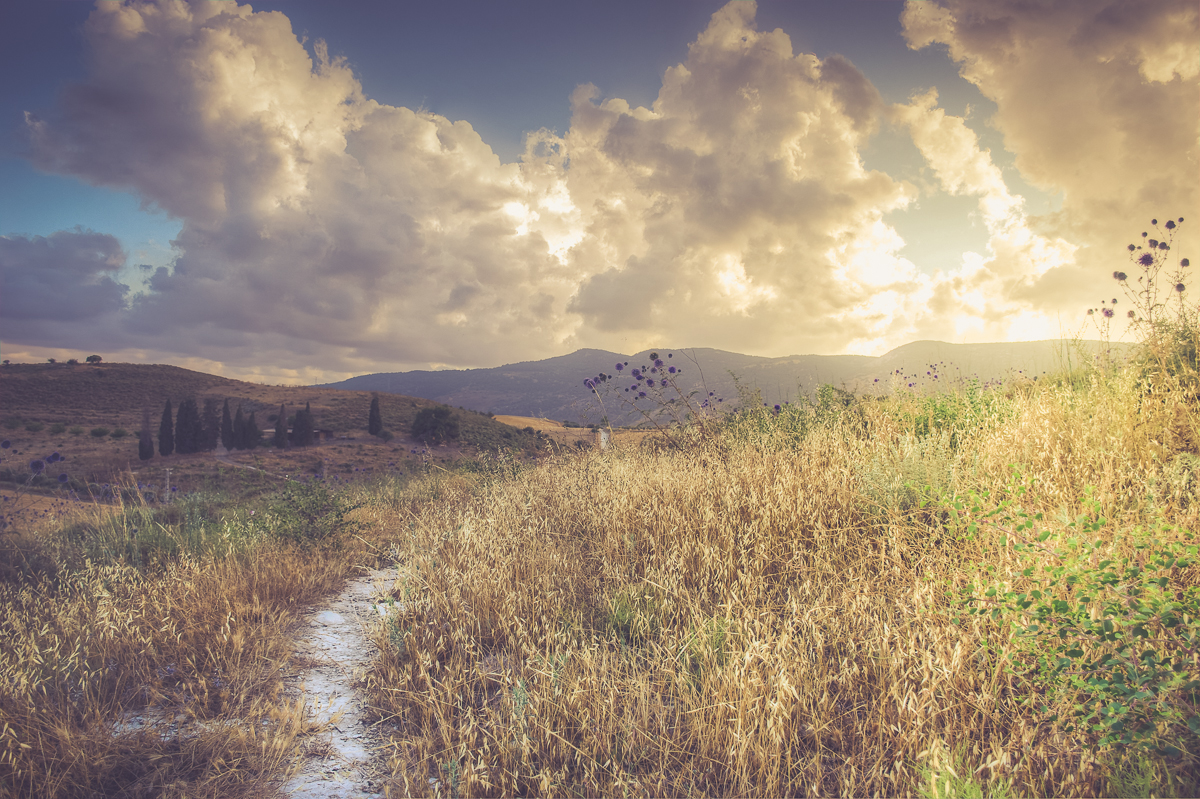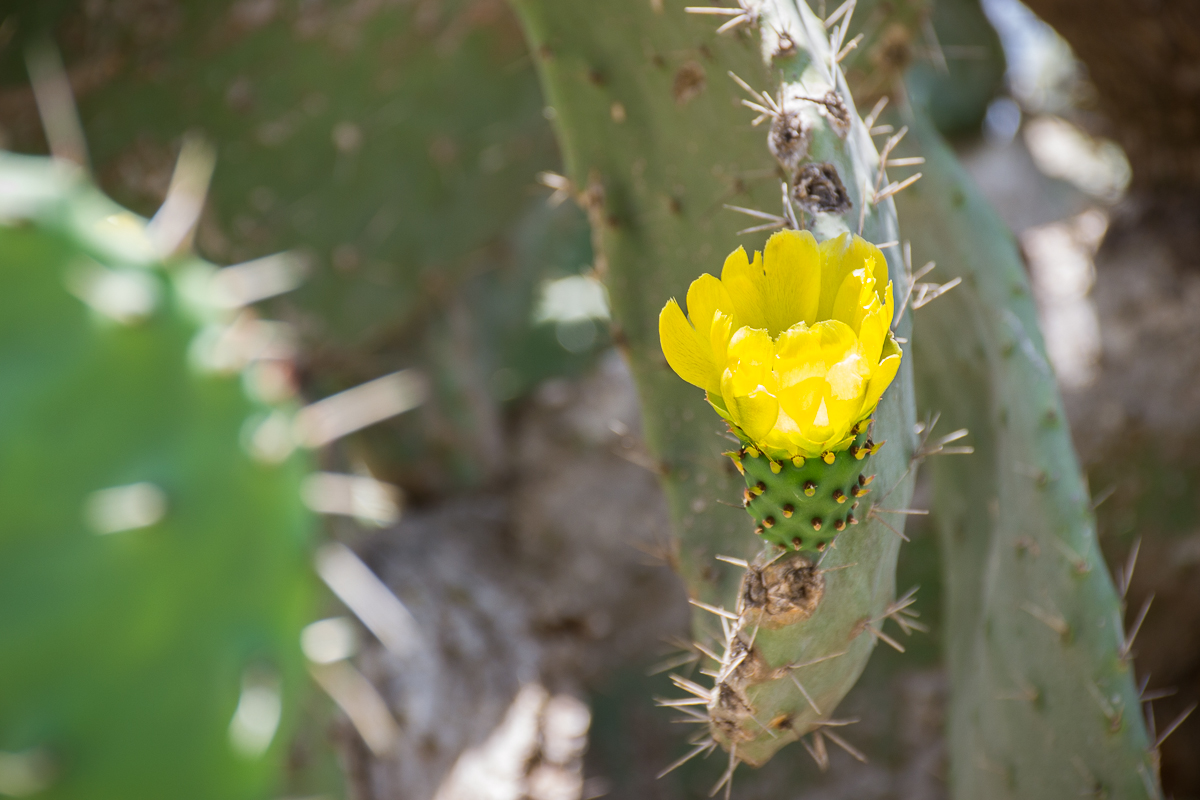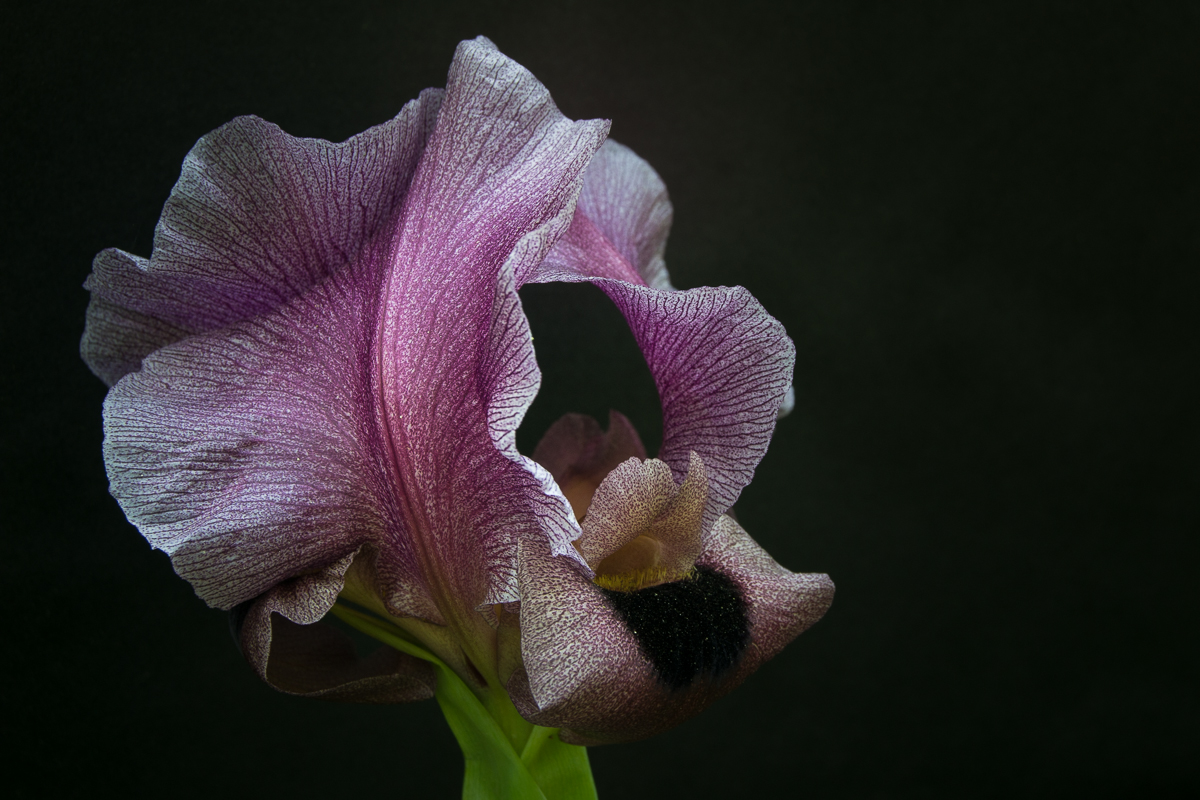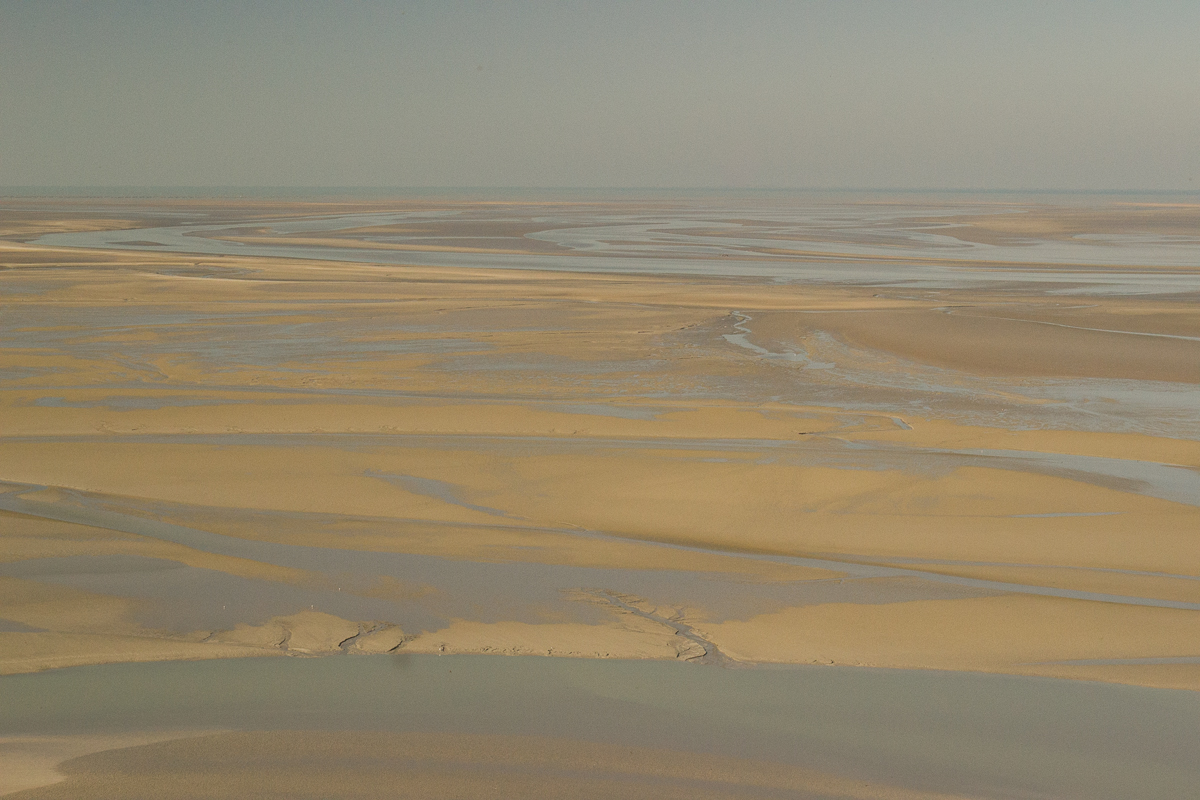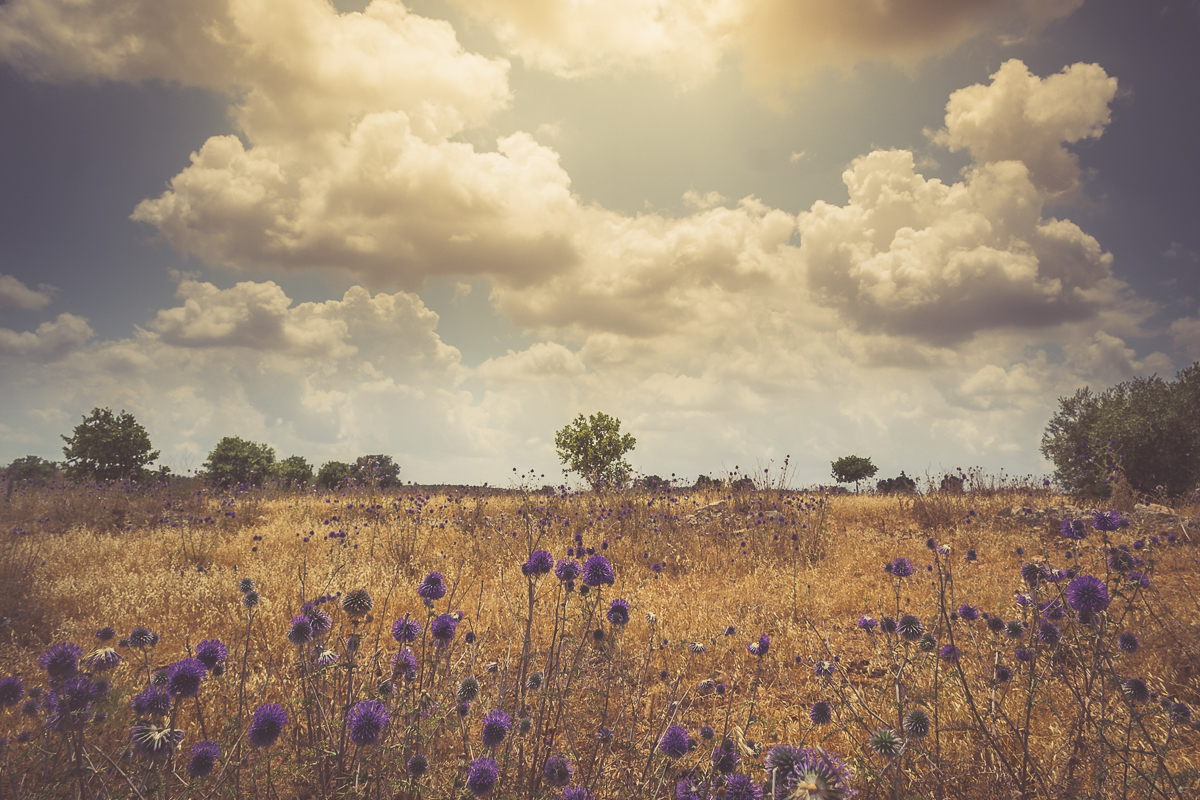In the previous article, I talked about the advantages and disadvantages of using an external flash. If you decided that it is time for you to get one, now you will face the big question: Which one should I buy? I struggled quite a lot before I got my first flash because I didn’t understand well the specifications. In addition, I did not know what I needed to have in order to answer my requirements. Today I will share with you everything I learned in the process of buying a flash. I hope this will make it easier for you!
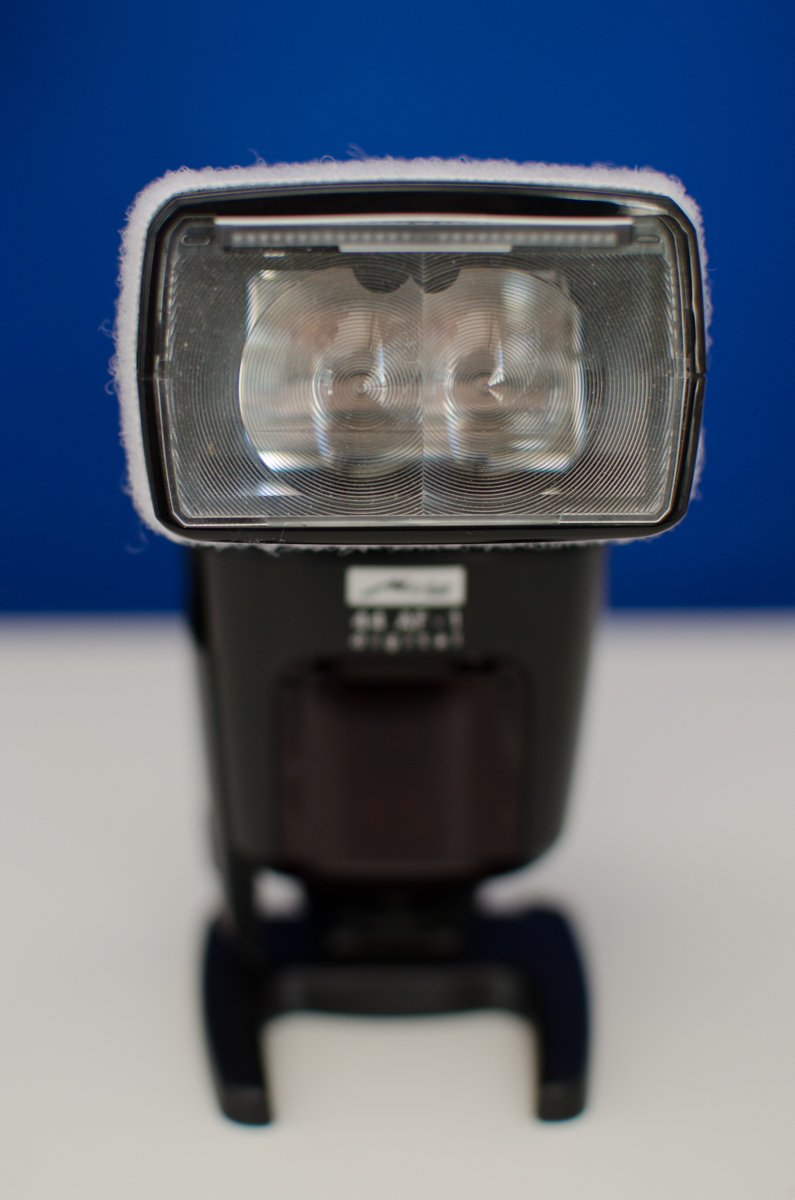
Get to know what the specifications of a flash mean
When you are new into flashes, it might seem that the specifications and reviews are written in another language. TTL, guide number, flash value, zoom coverage, bounce capacity, speed sync…. a lot of new terminology you never heard before! Let’s go over all of them. You will be able to understand flash terminology in a flash (sorry, couldn’t resist the pun)!
Guide number: measures the flash’s ability to illuminate the subject so that it will have a balanced exposure. It is calculated as the distance the subject from the flash times the f-value of the aperture (in order to simplify it, the calculation is usually done with the iso value of 100). This calculation can help you decide on the type of flash you should buy but also can help you to decide on placement in the photo when using the flash you have and your camera settings.
Zoom coverage: indicates how far the light from the flash can reach (and still be effective for the photo). Some flashes can adjust the distance to be synchronized with the zoom of the lens
Bounce capacity: Certain flashes have swivel and tilting heads. This feature enables you to use the flash not only for illuminating your subject with direct light (which can be too hard in certain situations) but also to reflect (or bounce) the light off of surfaces, softening it in the process.
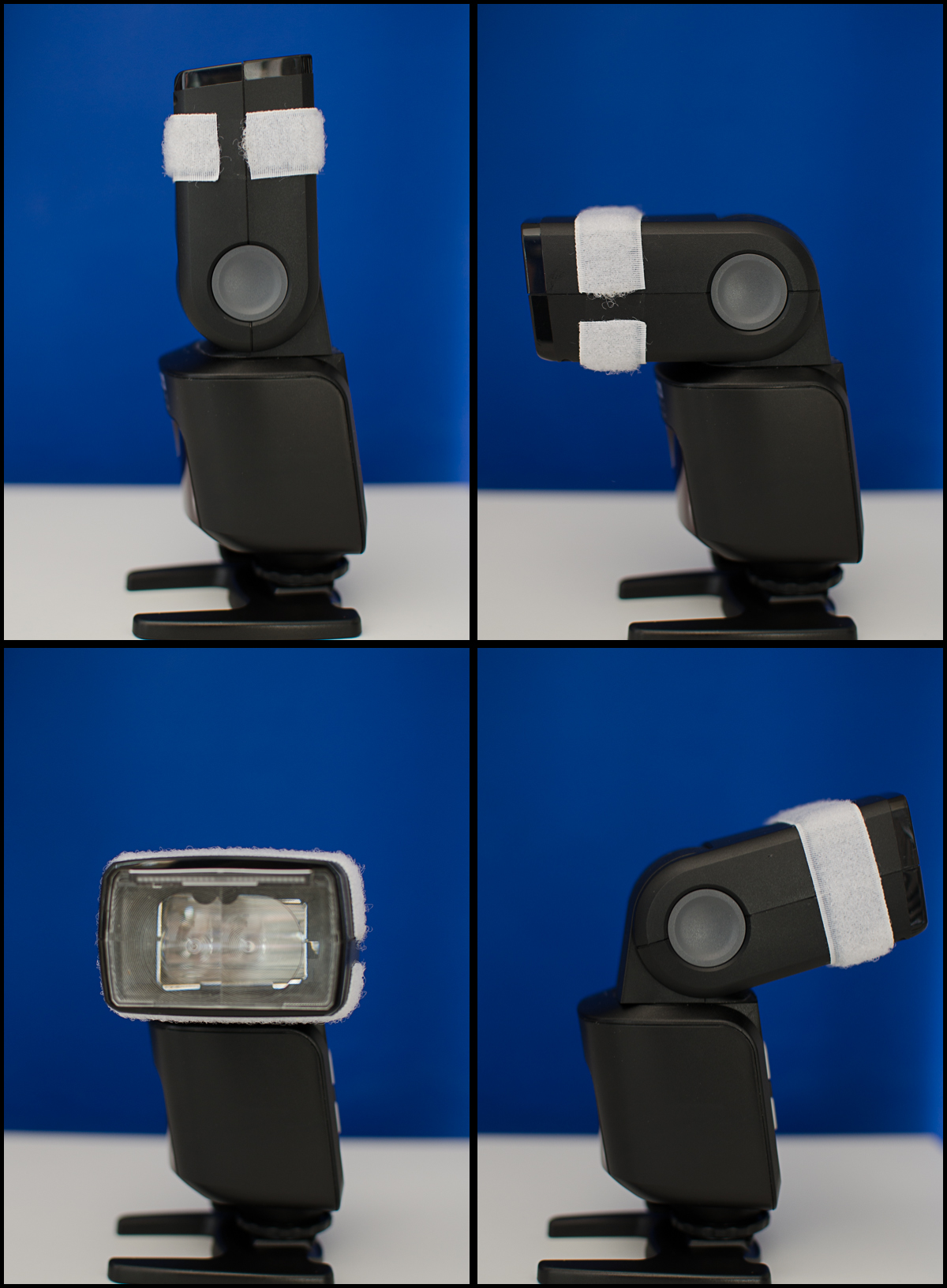
Speed Sync: When using a flash two actions happen: the shutter opens to expose the sensor (or film) to light and it discharges a burst of light onto the subject. In the basic level, these two actions need to be synchronized in order to be effective. In a more advanced level of flash usage, if it fires closer to the moment the shutter opens or having the flash closer to the moment the shutter closes will of light closer to the yield different effects.
TTL: In the camera, you have different modes to choose from: auto, aperture, manual etc. The external flash also has several modes of action. In manual mode, you set it as you want and the settings will remain that way until you change them. In TTL mode your flash changes its settings according to instructions from the camera. The camera tells the flash to discharge twice; first before the shot to allow the camera to adjust the flash settings, and second while taking the shot itself (while the shutter is open) in order to illuminate the subject.
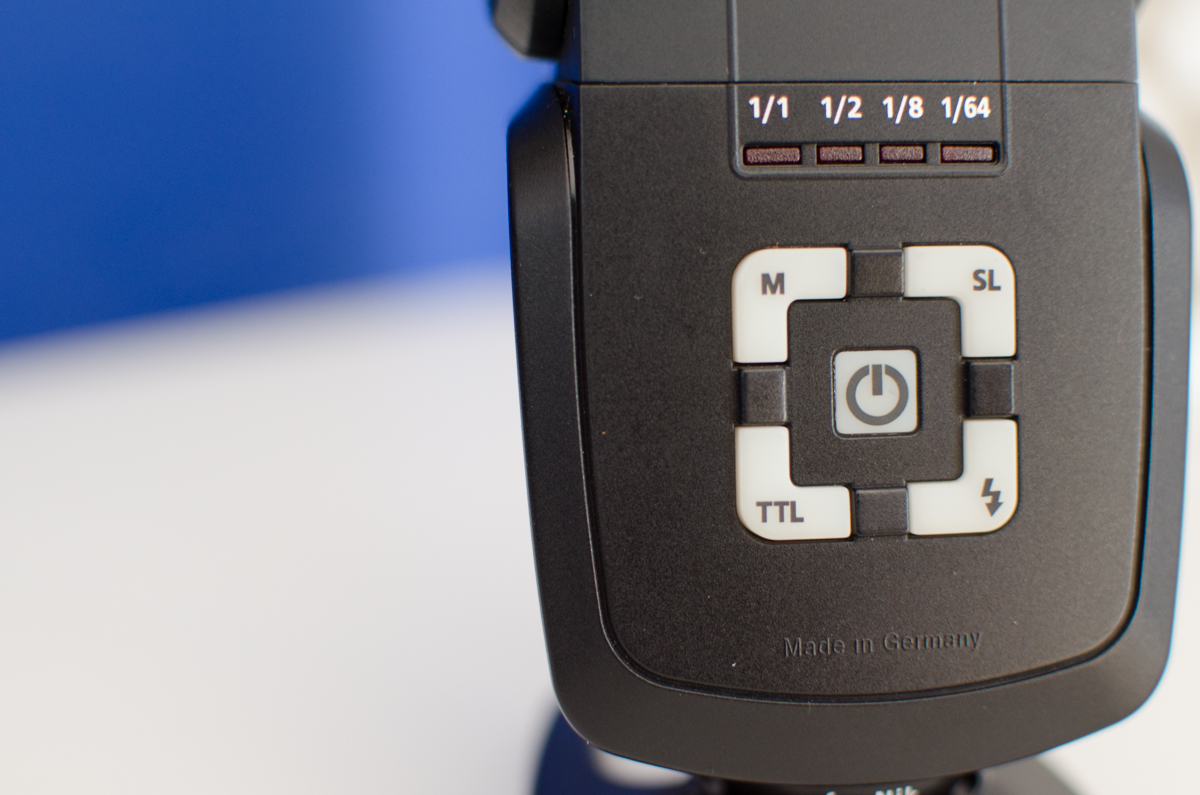
Evaluate the use you will make
Choosing between one flash model and another will depend on the usage you intend for it. Some of the most frequent uses are:
- Indoors portraits: When you take photos of one or two people in small and closed spaces, as is usually the case with indoors photography, you’ll mostly use the flash to remove shadows and give a bit more of light to the scene. You don’t need a super powerful flash with long coverage because you are usually close to the model and your light conditions are not the worst (you are not shooting in total darkness). However, it will be nice if you have TTL (it will be faster and your model will have easier time). Having a flash with rotating and tilting head will be useful too, because it will give you more flexibility to bounce the light from different directions and objects.
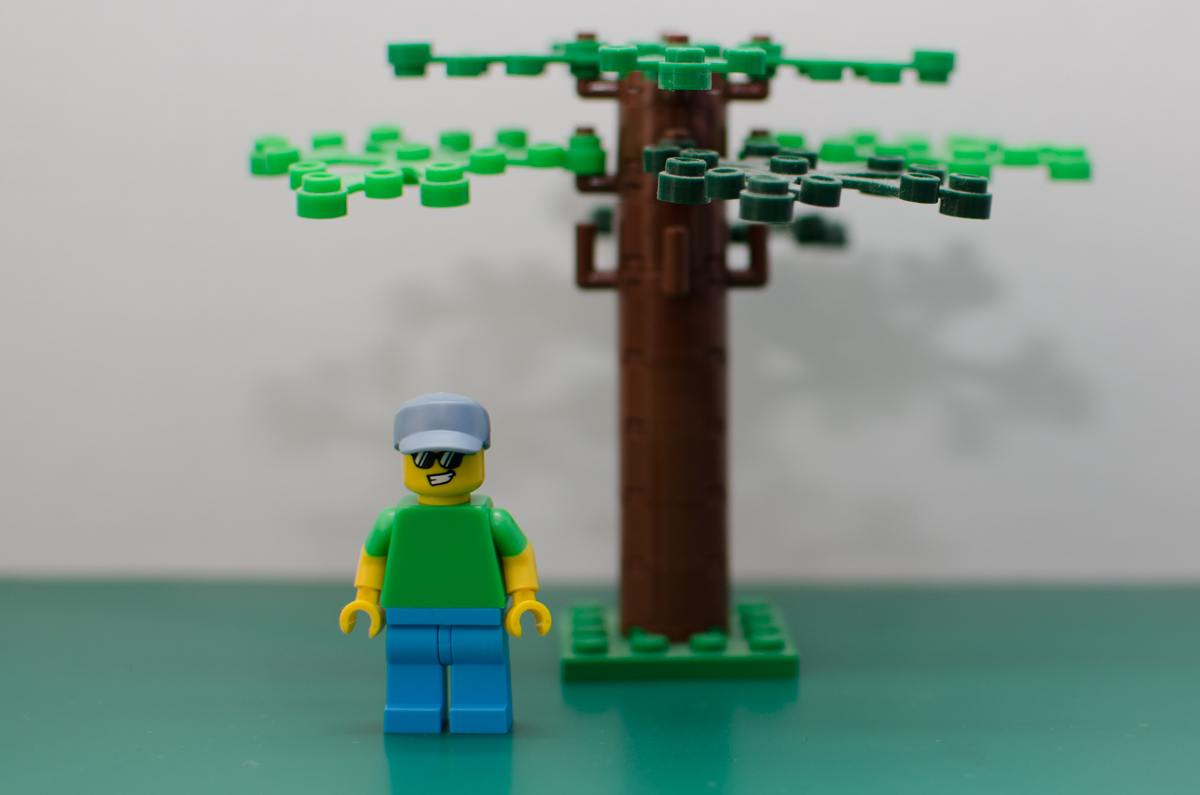
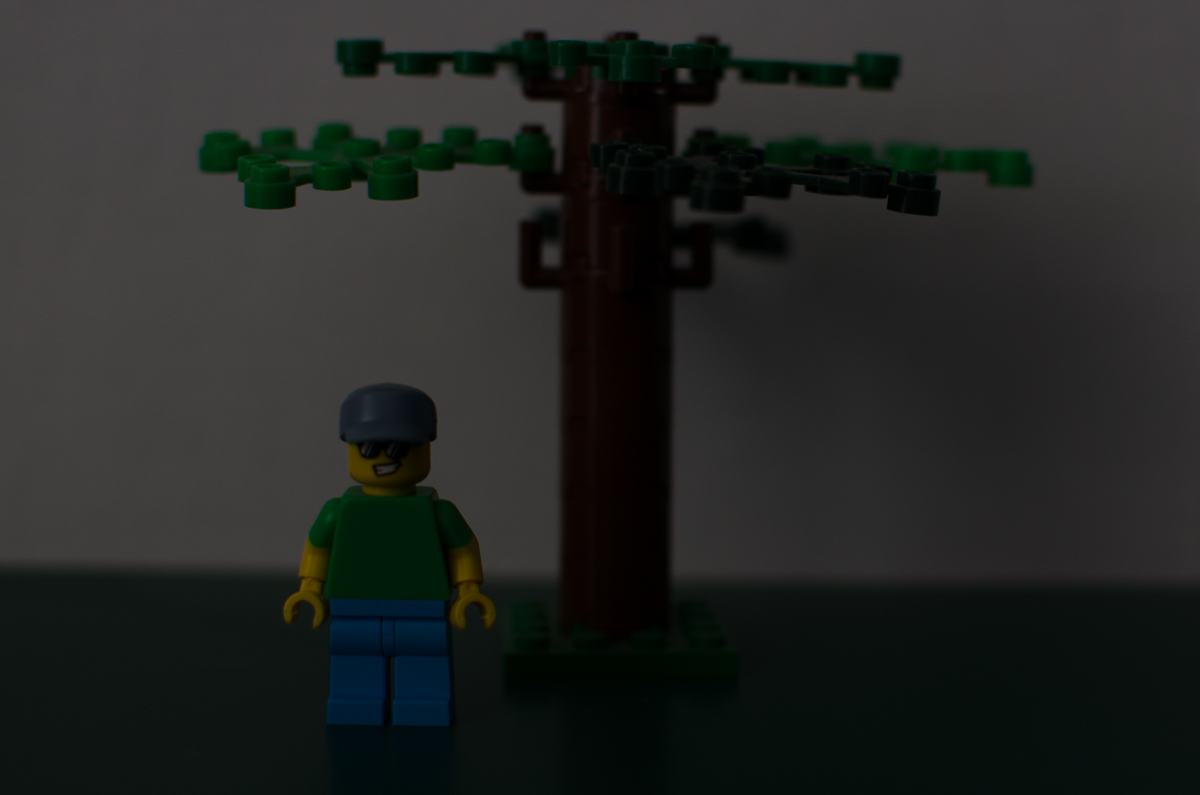
- Indoors group portraits: Same as above, with the difference of having more than two subjects, this means you’d need to take the photo from a bigger distance from them so they will all fit in the frame. If this is your case, you would want a flash with higher flash value so it could reach from further away.
- Portraits outdoors: You’ll probably be taking portraits at several locations which probably won’t provide the same protective and dependable environment a studio (or a room) would provide. I heard stories about flashes falling from cliffs or get broken because they fell because of a gust of In this case, I’d recommend you to get a flash that will be powerful enough, but still cheap (you might want to consider to take your chances with a none brand-name product). Then, if something happens to it, you won´t feel so bad about it.
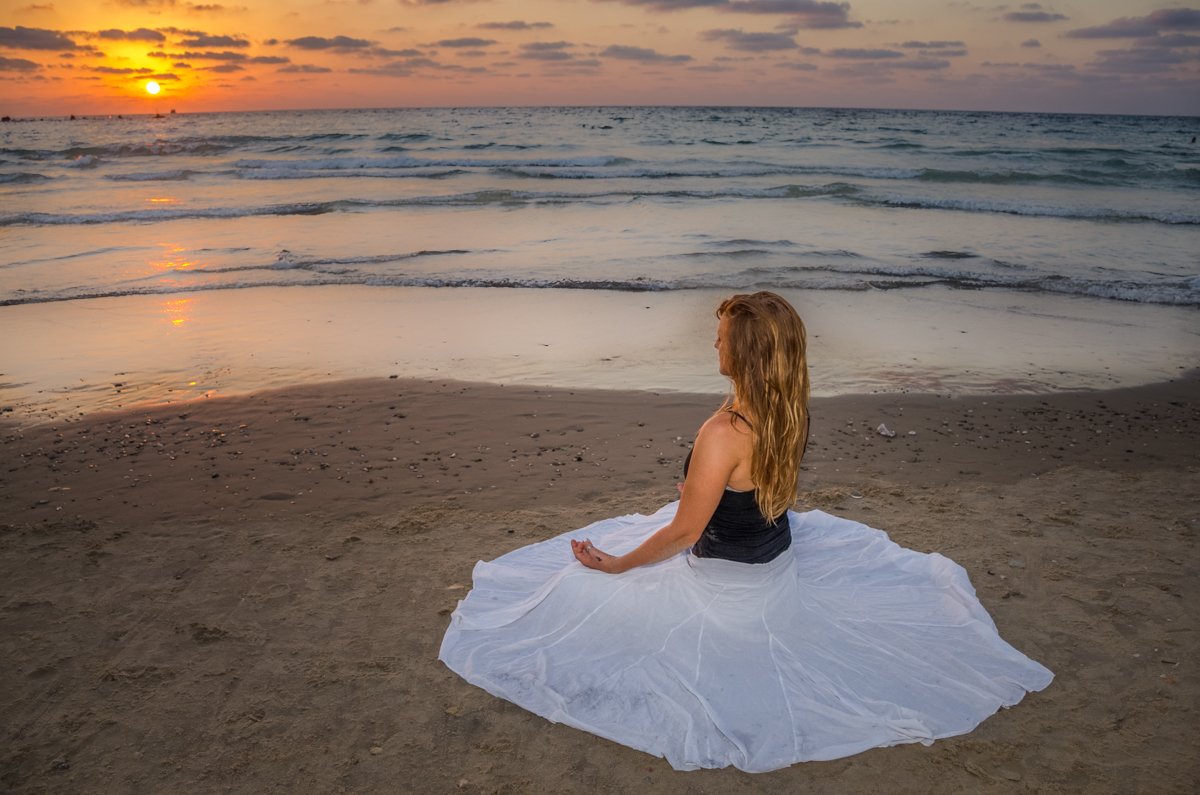
- Events: Events are a bit of a mixture of all of the above, they could require you to switch between locations, you might need to take photos of groups and/or individuals, you’ll probably need to take photos of little details as well as wide angle shots. In order to truly be prepared you might consider having more than just one flash (and even more than just one camera). Of course that depends on the nature of the event and what is required of you.
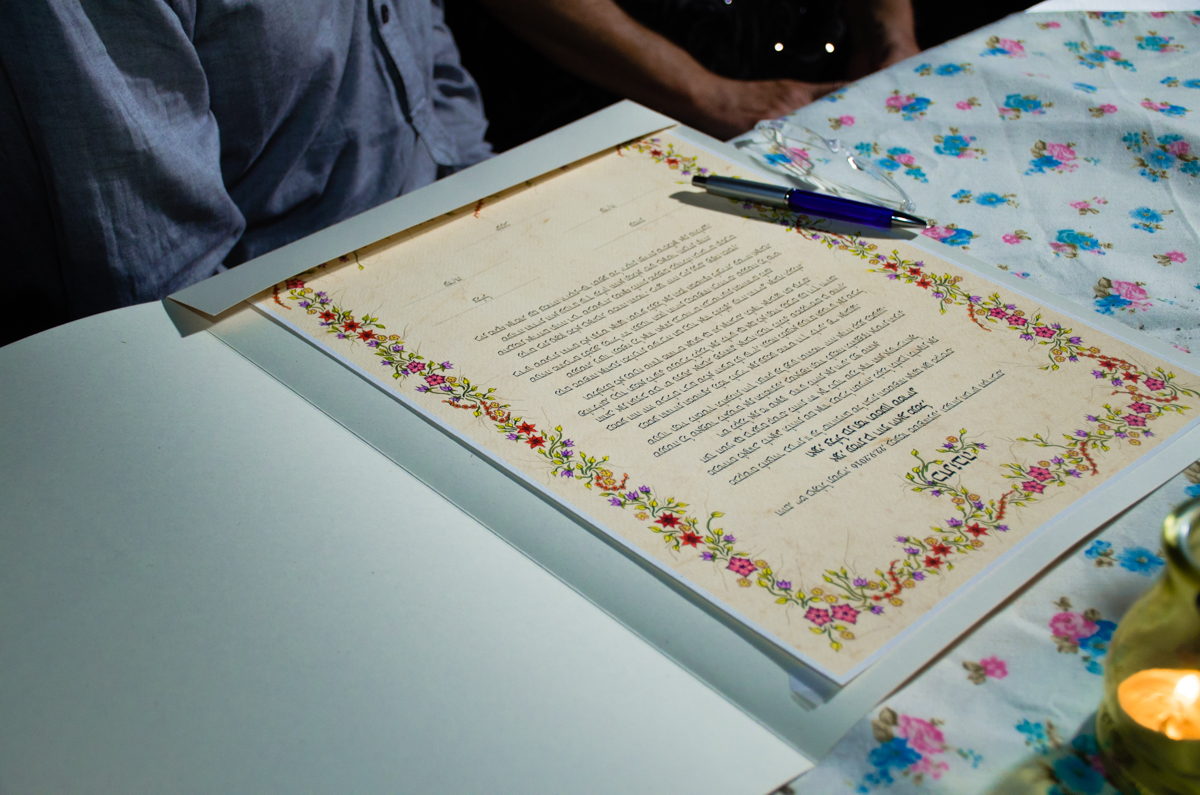
These were just some examples, meant to give you food for thought while you analyze your future use of the flash and why some flashes might fit better that others. You are the one that knows the type of photos you want to take, so the final decision is yours and it might be different from what I said in the examples.
Decide on a budget
Prices start at around 10 US Dollars and can go up to hundreds of dollars. Decide on a budget before you start looking. You can find the perfect flash for you and then realize that it is way too expensive and you can´t afford it. I always recommend not spend a lot on the first one you get. You don´t know yet if you are going to use it as much as you think. You might love using flash, but you might also hate it. Getting a flash with good quality/price ratio is always a good choice in my opinion especially when you are trying something new. You can always upgrade to a more expensive one in the future, when you are sure of your needs and real requirements. Also, it is better to make all the beginner’s mistakes done on a cheap piece of equipment than on an expensive one.
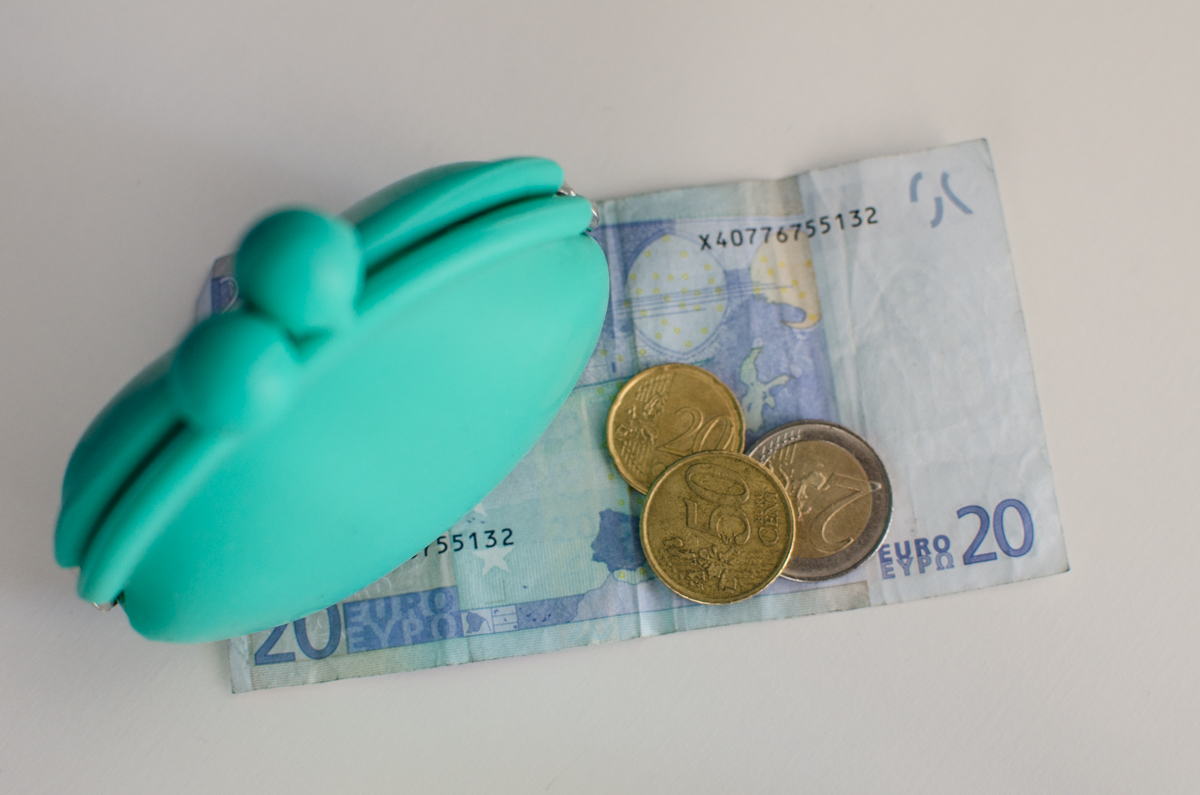
Same brand of your camera or a third party flash?
You can get a flash from the same brand as your camera or from a totally different company that makes flashes compatible with your camera (third party). There are advantages and disadvantages to the two options.
If you get a flash from the same brand of your camera, the compatibility is assured. Besides, most brand names provide worldwide repair services and most reliable private repair services will also be familiar with them. Moreover, some added value functions such as remote communication between the camera and the flash would work only when using devices of the same brand.
Third party flashes are usually cheaper, making a great option in case you have a budget to consider. Also, you might want it to have features or accessories that are provided by a specific brand.
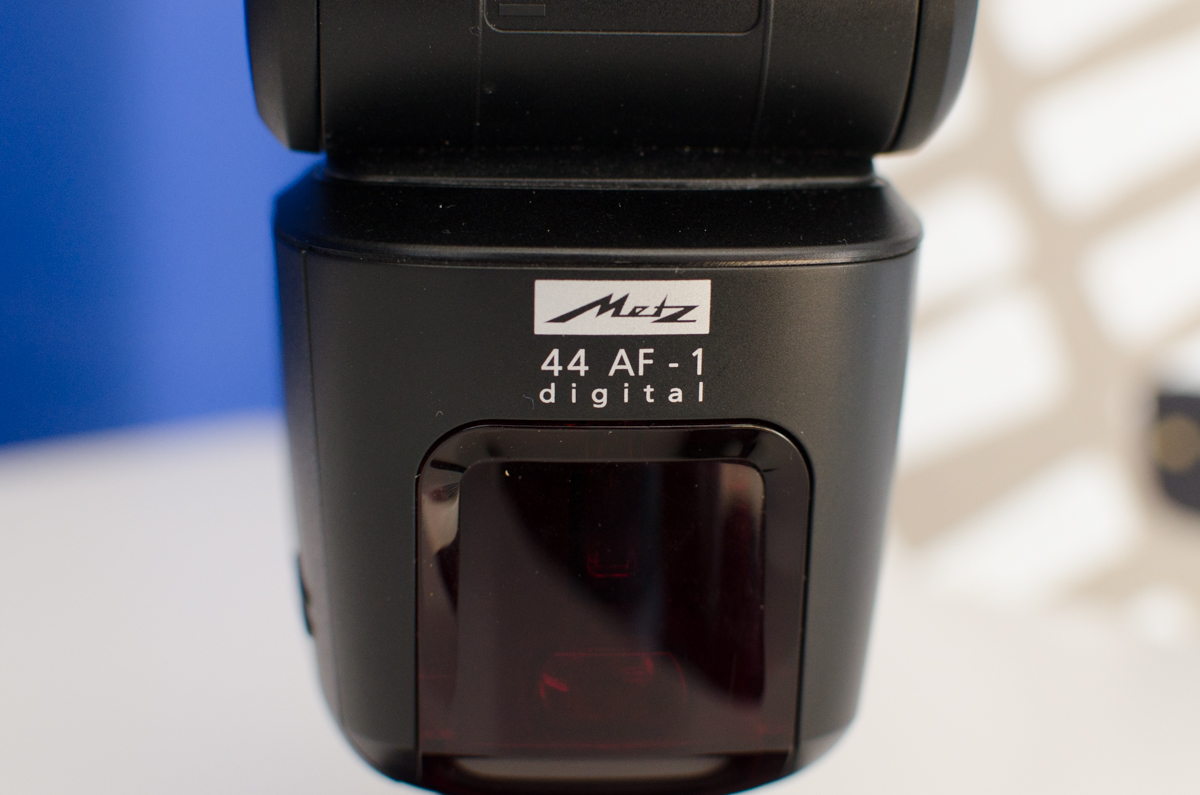
First or second hand?
The advantages of getting a brand new flash are quite obvious, you know exactly what condition it is, you have a warranty and who to contact if you have issues or need of technical support. The major disadvantage is the cost. On the other hand, some people prefer buying second hand equipment when they try a new thing; it’s cheaper, you don’t have the constant fear of scratching it when using it and if you are electronic savvy who likes to fix things by yourself, warranty is not an issue. However, when it comes to flashes you must keep in mind that it has a light-bulb which has a life span measured by how many times it’s been fired (or lit). Make sure it is not going to burn out soon and keep in mind it will entail further expanses and a visit to the service lab.
I hope you’d found my article helpful. If you have any questions, suggestions or remarks feel free to write a comment. Happy shooting!

